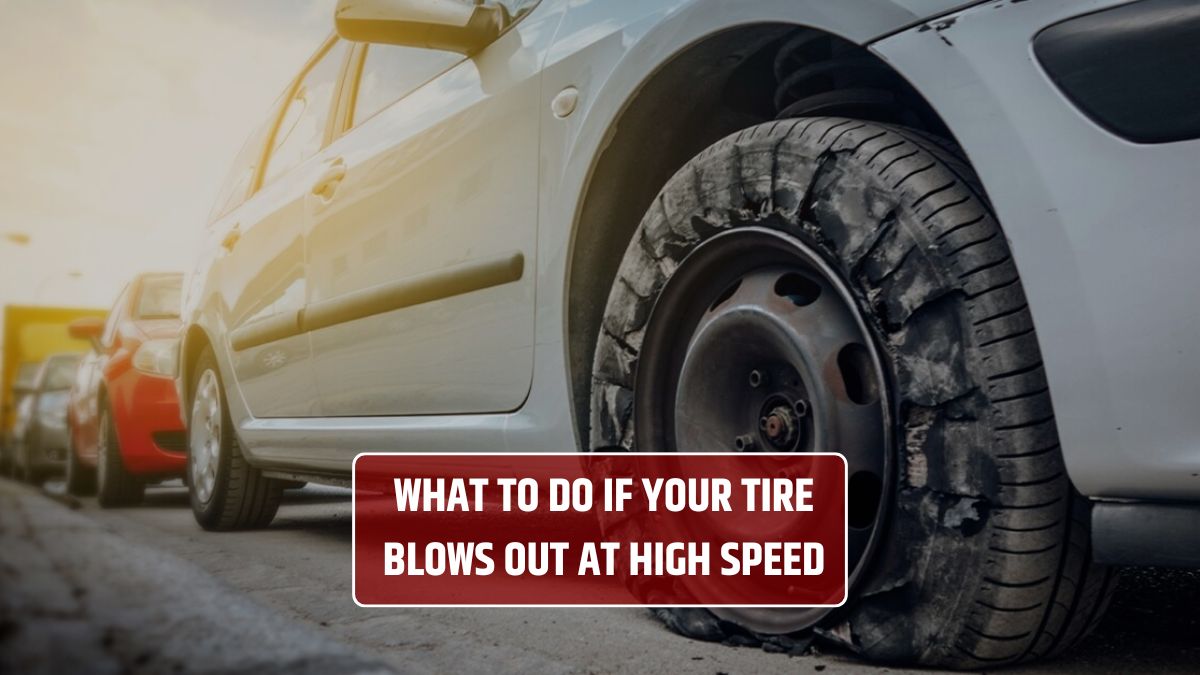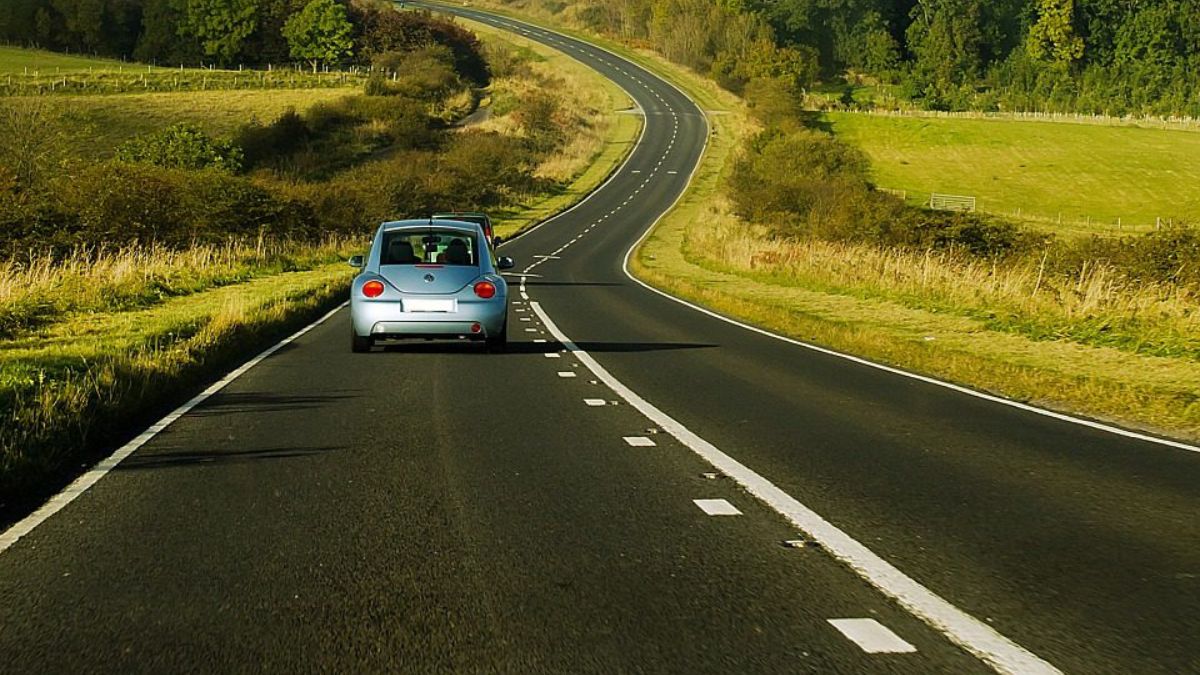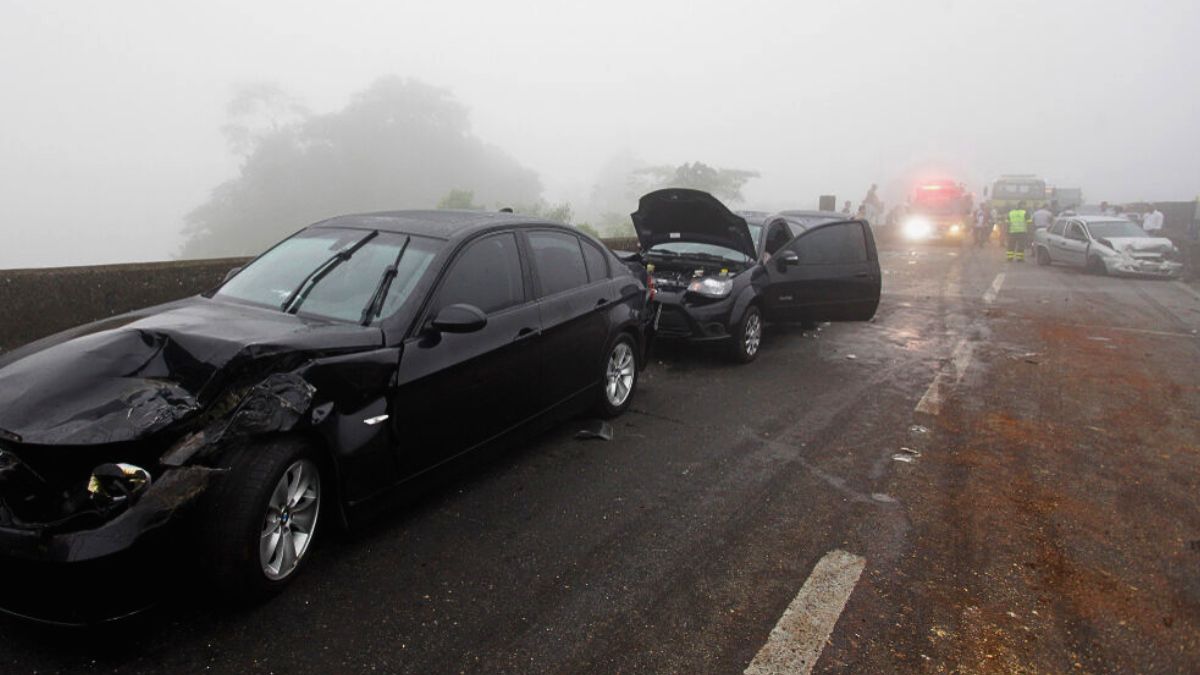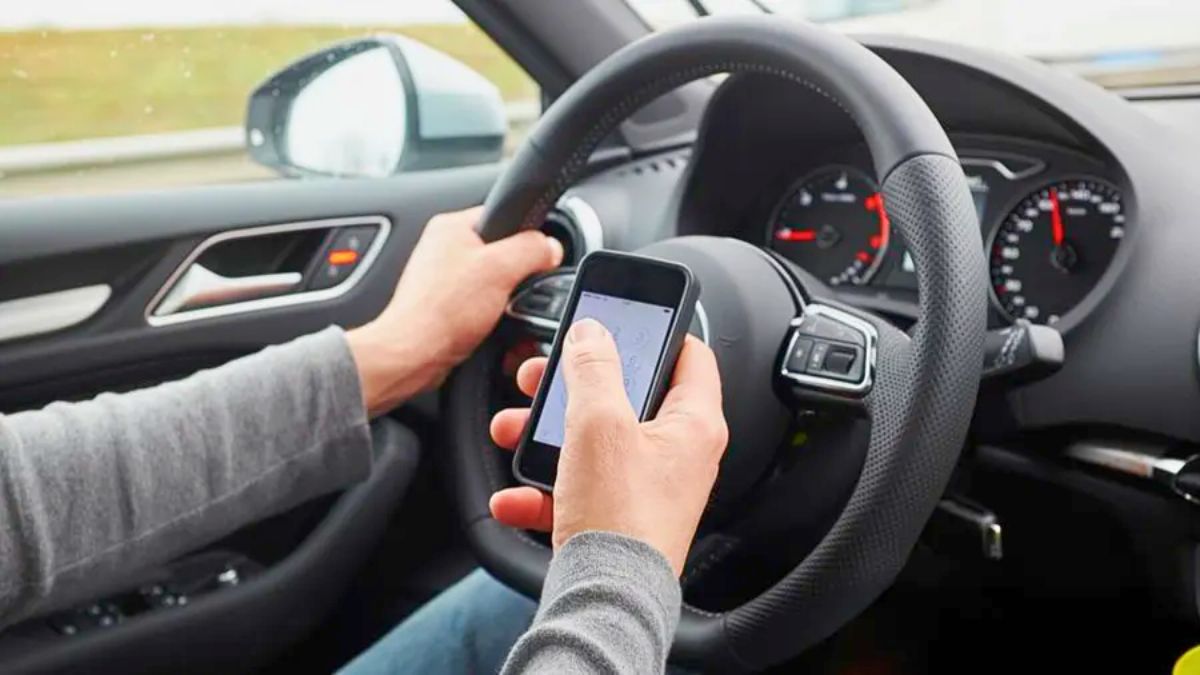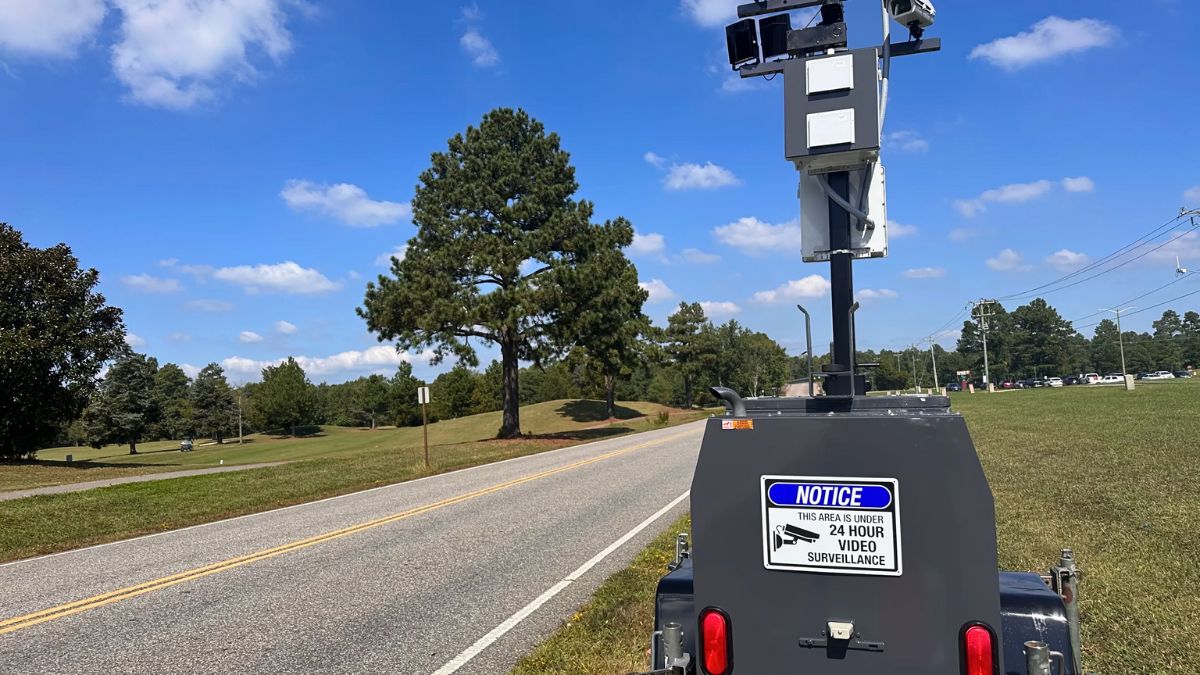A tire blowout at high speed is every driver’s nightmare. One second you’re cruising along, and the next, your car is wobbling, your steering wheel is shaking, and panic sets in. But here’s the thing — if you stay calm and act smart, you can survive it. Let’s walk through exactly what to do if your tire suddenly gives out while you’re flying down the highway.
Signs
First things first — how do you even know a tire blowout is happening? You’ll feel it immediately. There’s usually a loud bang or pop. Then, the car may pull sharply to one side. You might feel the steering wheel vibrate or notice a rapid drop in speed. If you’re on the highway, it can feel like you’ve hit a pothole — hard.
Here’s what to look (and feel) for:
| Symptom | What It Means |
|---|---|
| Loud pop or bang | Tire has ruptured |
| Steering gets heavy | Front tire blowout |
| Rear swaying | Rear tire blowout |
| Rapid deceleration | Tire pressure loss |
| Vehicle pulling to side | Tire gone on that side |
Stay Calm
Easier said than done, right? But panic only makes things worse. Don’t slam the brakes. Don’t jerk the steering wheel. Your instincts might scream “STOP!” — ignore them.
Take a deep breath and keep a firm grip on the wheel. Focus on keeping the car straight. That’s the first and most important move. If you overreact, the car can spin out or flip.
Control
Once you’ve got your grip and direction under control, ease off the accelerator. Just let your car slow down on its own. Trying to brake too early can cause a total loss of control — especially with a front tire blowout.
Guide your vehicle gently toward the shoulder. Use small steering corrections. Big, sudden movements? That’s a recipe for disaster.
If traffic allows, signal right, and begin to coast off the road. Try to keep your speed above 30 mph until you’re nearly stopped — your tires help keep the car stable even when they’re damaged.
Braking
Once you’re below 30 mph and the car is stable, then and only then, lightly apply the brakes. Don’t slam them — just gentle pressure. The goal is to come to a smooth, controlled stop on the shoulder or off-ramp.
Turn on your hazard lights as soon as you feel the blowout. It alerts drivers behind you that something’s wrong and gives you more space.
Aftermath
Once you’re safely stopped, put the car in park, engage the parking brake, and step out on the passenger side — away from traffic. If you have flares or triangles, set them up behind your car for visibility.
Call roadside assistance or change the tire if you know how and it’s safe to do so. Never try to drive on a blown tire — even for a short distance. It can destroy your wheel and mess up your suspension.
Prevent
The best way to survive a blowout is to prevent one. Most blowouts happen because of underinflated tires, worn tread, or debris on the road. Here’s how to reduce your risk:
- Check tire pressure monthly
- Rotate tires every 5,000–8,000 miles
- Avoid overloading your car
- Inspect tires for cracks or bulges
Keep a tire pressure gauge and portable air pump in your car. They’re cheap and worth every penny when they prevent a tire disaster.
If you remember one thing, it’s this: don’t panic, don’t brake, and steer straight. That’s what keeps you alive when a blowout hits at 70 mph.
FAQs
What causes a tire blowout?
Underinflation, worn tread, and road debris.
Should I brake during a blowout?
No. Ease off the gas and steer gently.
Which tire blowout is worse?
Front tire blowouts are harder to control.
How do I regain control after a blowout?
Grip the wheel, steer straight, coast to a stop.
Can I drive on a blown tire?
No. It damages the wheel and is very unsafe.
